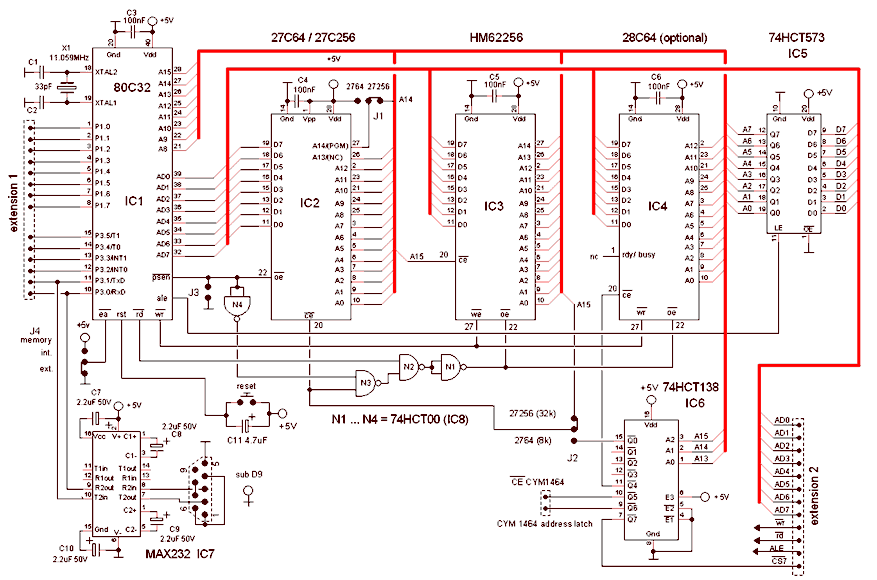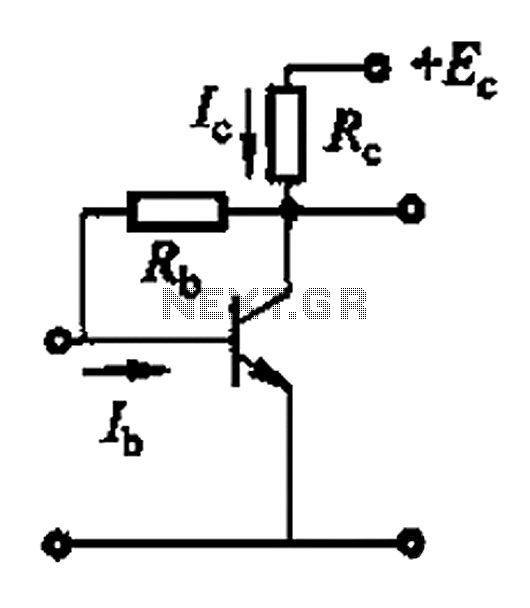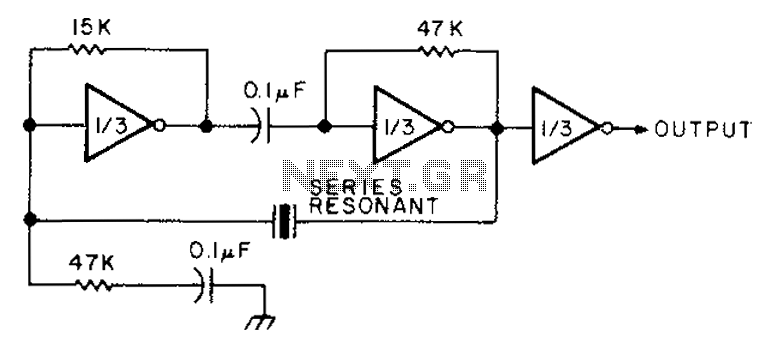
Single Transistor Metal Locator

This is a metal locator circuit designed to detect metal objects. The circuit utilizes an AM radio and a one-transistor oscillator.
The metal locator circuit operates by generating an oscillating signal that can be influenced by the presence of metal. The one-transistor oscillator is a critical component that produces a radio frequency signal. When metal is nearby, it alters the characteristics of the oscillation, which can be detected by the AM radio receiver.
The circuit typically consists of a few key components: a transistor, resistors, capacitors, and an inductor. The transistor is configured in a feedback loop to maintain oscillation. The inductor, often in the form of a coil, is used to create a magnetic field that interacts with metal objects. The AM radio serves as the output device, receiving the modulated signal created by the oscillator.
To enhance the sensitivity and range of detection, the circuit can be tuned by adjusting the values of the capacitors and resistors. This allows the user to optimize the circuit for various types of metal or different environmental conditions. The design is relatively straightforward, making it suitable for hobbyists and educational purposes.
Overall, this metal locator circuit is an effective tool for detecting metallic objects, leveraging the principles of radio frequency oscillation and modulation.This is a metal locator circuit. This circuit is useful to detect metal. This circuit uses a AM radio and one-transistor oscillator. This circuit is.. 🔗 External reference
The metal locator circuit operates by generating an oscillating signal that can be influenced by the presence of metal. The one-transistor oscillator is a critical component that produces a radio frequency signal. When metal is nearby, it alters the characteristics of the oscillation, which can be detected by the AM radio receiver.
The circuit typically consists of a few key components: a transistor, resistors, capacitors, and an inductor. The transistor is configured in a feedback loop to maintain oscillation. The inductor, often in the form of a coil, is used to create a magnetic field that interacts with metal objects. The AM radio serves as the output device, receiving the modulated signal created by the oscillator.
To enhance the sensitivity and range of detection, the circuit can be tuned by adjusting the values of the capacitors and resistors. This allows the user to optimize the circuit for various types of metal or different environmental conditions. The design is relatively straightforward, making it suitable for hobbyists and educational purposes.
Overall, this metal locator circuit is an effective tool for detecting metallic objects, leveraging the principles of radio frequency oscillation and modulation.This is a metal locator circuit. This circuit is useful to detect metal. This circuit uses a AM radio and one-transistor oscillator. This circuit is.. 🔗 External reference





